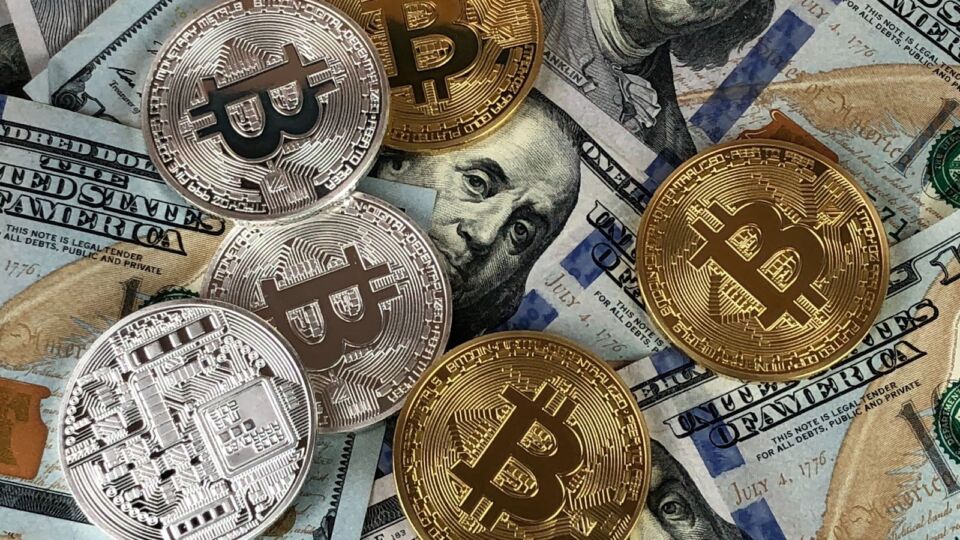What is Bitcoin?
Although bitcoin has grown in popularity in the digital space (honestly, who hasn’t heard of it by this point?), the currency isn’t really that marketable in the traditional sense. Simply put, you’re not going to see bitcoin ads on TV anytime soon (if ever).
And even though you might nonetheless be quietly wondering: what is bitcoin? Let’s start at the most rudimentary level. Bitcoin is a currency, just like dollars and euros. And like currency, it can be used at certain online and physical retailers to buy goods and services.
However, unlike traditional currency, bitcoin isn’t a physical thing you can hold. While other currencies around the world all have physical denominations like coins and notes, bitcoin is entirely digital — you can’t carry “bitcoins” around in your wallet and take them out to pay for your groceries.
As a wholly digital currency, bitcoin exists solely in the digital space, which can honestly make some people wary of its security and value — after all, how can you trust a currency that you can’t physically keep on you? However, what makes bitcoin hold its value is its creation process.
Here’s how it works: each bitcoin unit is made up of a unique series of complex algorithms and codes that cannot be replicated or forged. This uniqueness is what makes each bitcoin unit so valuable, and also the biggest difference between bitcoin and other traditional currencies.
Another big difference is one that you probably already know — bitcoin isn’t as widely accepted in stores as traditional currencies. That being said, more and more places and vendors are allowing it as a valid form of payment.
A third difference is that bitcoin is decentralized, while most other currencies are not. What does this mean? Well, when a country needs more money (e.g. dollars), that country’s bank will work with the government to decide how much more money should be printed, and when. But it’s exactly this process that’s led to a lot of the world’s currencies depreciating in value; as your parents will often reminisce, how much a dollar (or whatever currency your country uses) is worth now is not equivalent to what it was worth 20 years ago. This effect is perhaps most visible when you look at a country’s housing market where the price to purchase a house today is significantly higher than it was in the past.
In contrast, there isn’t one major central institution that calls the shots like that with bitcoin because the currency operates independently.
How Bitcoin is Made
But wait, how is bitcoin actually made if there’s no council of officials running the show? To understand that, first you need to understand how bitcoin changes hands. When you and your friend trade bitcoins, the process is facilitated by a network of highly complicated security protocols that prevents anyone from getting scammed or being able to duplicate coins.
In order to facilitate these transactions, you need hardware. How do you get this hardware? “bitcoin miners” build computers that can keep the bitcoin network alive, and in return, they receive freshly-minted bitcoins. This keeps the minting process constantly regulated while making sure that the network stays self-sufficient. This is all an incredibly stripped-down explanation of the whole process, but that’s the basics that you need to be aware of in order to start trading with Bitcoin Prime.
Some bitcoin miners only have a room or two full of computers dedicated to mining, while others have entire warehouses. Depending on how much and how quickly you want to expand, bitcoin mining can be a pretty pricey business, so it’s highly recommended that you learn as much as you can about Bitcoin Prime, their services, and the risks associated with cryptocurrency investing well before you commit your money.
Note: Coconuts Media is not a financial services company, does not provide financial advice, and is not a qualified expert in the storage of digital assets—financial or otherwise. This article is part of a paid partnership with Bitcoin Prime and is for educational purposes only.





